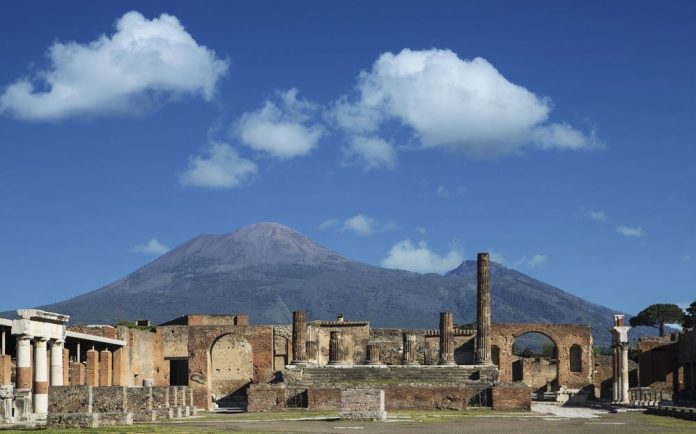Recent archaeological findings confirm that a spontaneous settlement arose on the site of the destroyed city of Pompeii after the eruption of Vesuvius.
Materials published on Thursday indicate that people returned to the ruins of the city after the disaster.
According to archaeologists, those who survived and were unable to start a new life elsewhere settled among the ruins. They were probably joined by others seeking refuge. Before the tragic events of 79 AD, Pompeii was home to over 20,000 people.
The eruption destroyed the city, but at the same time preserved it, allowing it to be discovered in the 16th century almost in its original form.
Previously, it was only considered possible that survivors had returned to the site, but new findings have confirmed this theory.
“Recent research has shed new light on the situation: Pompeii after 79 was more of a vulnerable, makeshift settlement, a kind of “favela” among the ruins of a once-prosperous city,” excavation director Gabriel Zuchrigel. He also noted that this informal settlement existed until the 5th century AD.
Researchers found that residents used the upper floors of buildings as dwellings and the lower floors as warehouses. They lived without the infrastructure typical of Roman cities.
According to Zuchrigel, the destruction of Pompeii became an important cultural symbol that drew attention to the magnificently preserved artefacts, while traces of re-settlement were ignored and not documented for a long time.
Today, archaeological excavations in Pompeii are not only a popular tourist attraction but also an important source of information about life in Ancient Rome.
